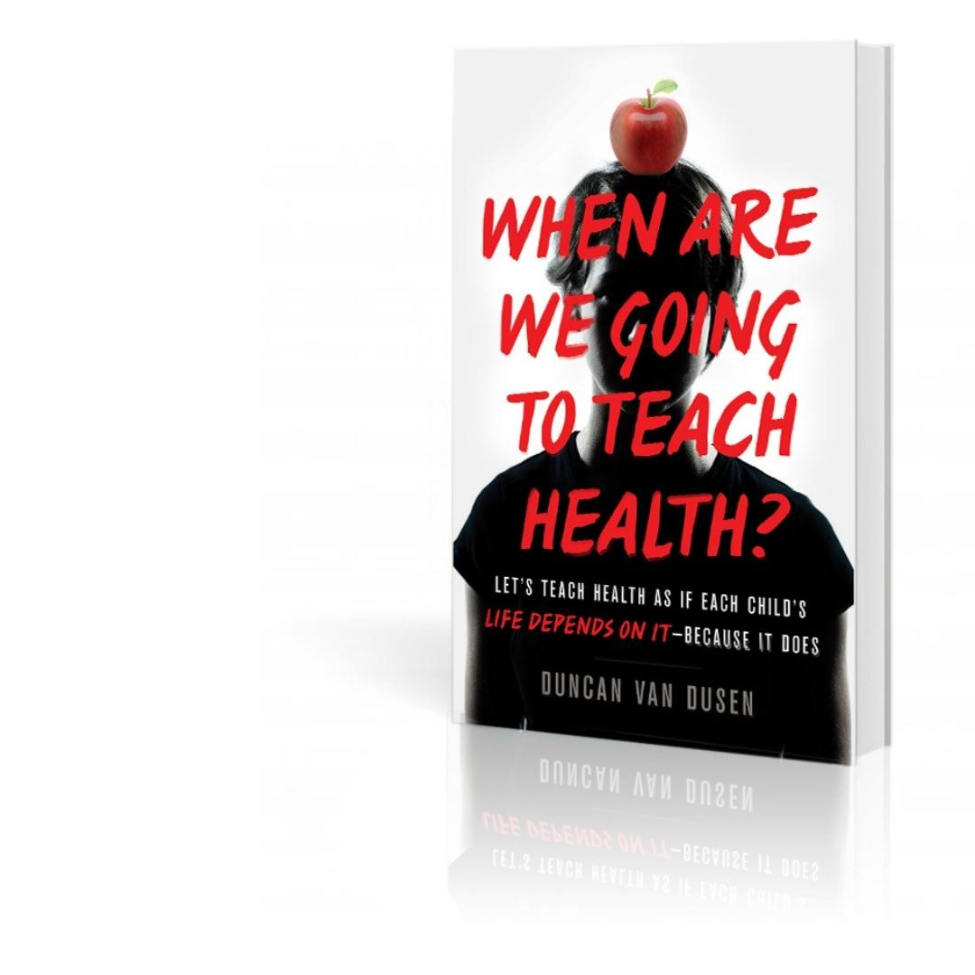Austin campus alumni leading the charge for improving childhood health through CATCH Global Foundation


Duncan Van Dusen, MPH, was the first person to graduate from the UTHealth School of Public Health Austin campus. But the semester he completed his coursework as he was the only graduate, so there was no ceremony. He had to wait until the next semester, when a handful of students from the later cohort caught up to him. After success in FinTech, Van Dusen sought out the School of Public Health at the age of 36 looking to apply his skills to public service. The Austin campus’ regional dean at the time suggested he reach out to Dr. Steve Kelder, professor, and now-associate regional dean. They grabbed a beer. It turned out to be the start of a 14 year-and-counting collaboration, which has led to the establishment of CATCH Global Foundation, and on November 10, the publication of Van Dusen’s book When Are We Going to Teach Health?
When it was first funded in the late 1980s, CATCH, which originally stood for “Child and Adolescent Trial for Cardiovascular Health,” was the largest school-based health promotion study ever conducted in the United States. As it continued to grow, CATCH expanded from a research study into a K-12 health education program that includes curricular elements like lesson plans, as well as resources like parent letters, videos and “Whole Child” coordination toolkits, eventually changing its name to “Coordinated Approach To Child Health.” CATCH Global Foundation was established in 2014, with Van Dusen at the helm as CEO and Kelder as Chairman. More information about the CATCH Global Foundation is available on their website at www.catch.org.
Van Dusen and his team, largely comprised of other UTHealth School of Public Health alumni, have significantly expanded CATCH’s impact, reaching more schools and low-income communities. As of May 2020, the program serves nearly 3 million children on a yearly basis and has a foothold across the US and internationally in Kenya, Canada, and to Ecuador. One of the team’s key objectives in disseminating CATCH is to ensure that the program retains its scientific core while still offering local communities the flexibility to make it their own. Van Dusen explains, “It’s important to encourage a little local flavor because that helps make CATCH sustainable. A school can’t just have one teacher involved in the program because when they leave, CATCH goes with them. You have to light the torch and figure out how to pass it down the line.”
This same spirit of community empowerment and long-term succession inspired Van Dusen to write When Are We Going to Teach Health? “As public health workers, it’s drilled into us the value that schools can bring to health,” says Van Dusen, “but educators are rarely given the opportunity to explore the value health can bring to their classroom. I wanted to write something that translated all of the things public health professionals were already saying to themselves and make it approachable and relevant for other people—specifically educators and parents. To that end, the book discusses both why we should teach health education and how.”
Reflecting on his academic experience and later professional partnership with UTHealth School of Public Health, Van Dusen notes that the Austin campus’ expertise in childhood health makes it a great training ground, a laboratory for new ideas, and an effective vehicle for change. Kelder provides an example of their collaboration in this setting: "I tested Duncan's book in my graduate child and adolescent health seminar and my students found it to be extremely accessible and helpful. I expect it will attract a large following."
When it comes to the big picture of child health education, Van Dusen concludes: “Kids are naturals when it comes to health, they get it. 82% of kids who take CATCH My Breath (CATCH’s vaping prevention program) said all kids should take CATCH My Breath—that’s incredible. It’s for the kids, but if it’s done well, it can be by the kids, too. These are healthy ideas that they can incorporate into who they are and what they do—think of the power there. Almost all of the major chronic diseases are rooted in childhood nutrition, activity, and the choice not to smoke. If you want to change health on a global population scale—this is where you need to be.”
More information about When Are We Going to Teach Health?, including how to purchase the book, is available on www.teachhealth.org.
